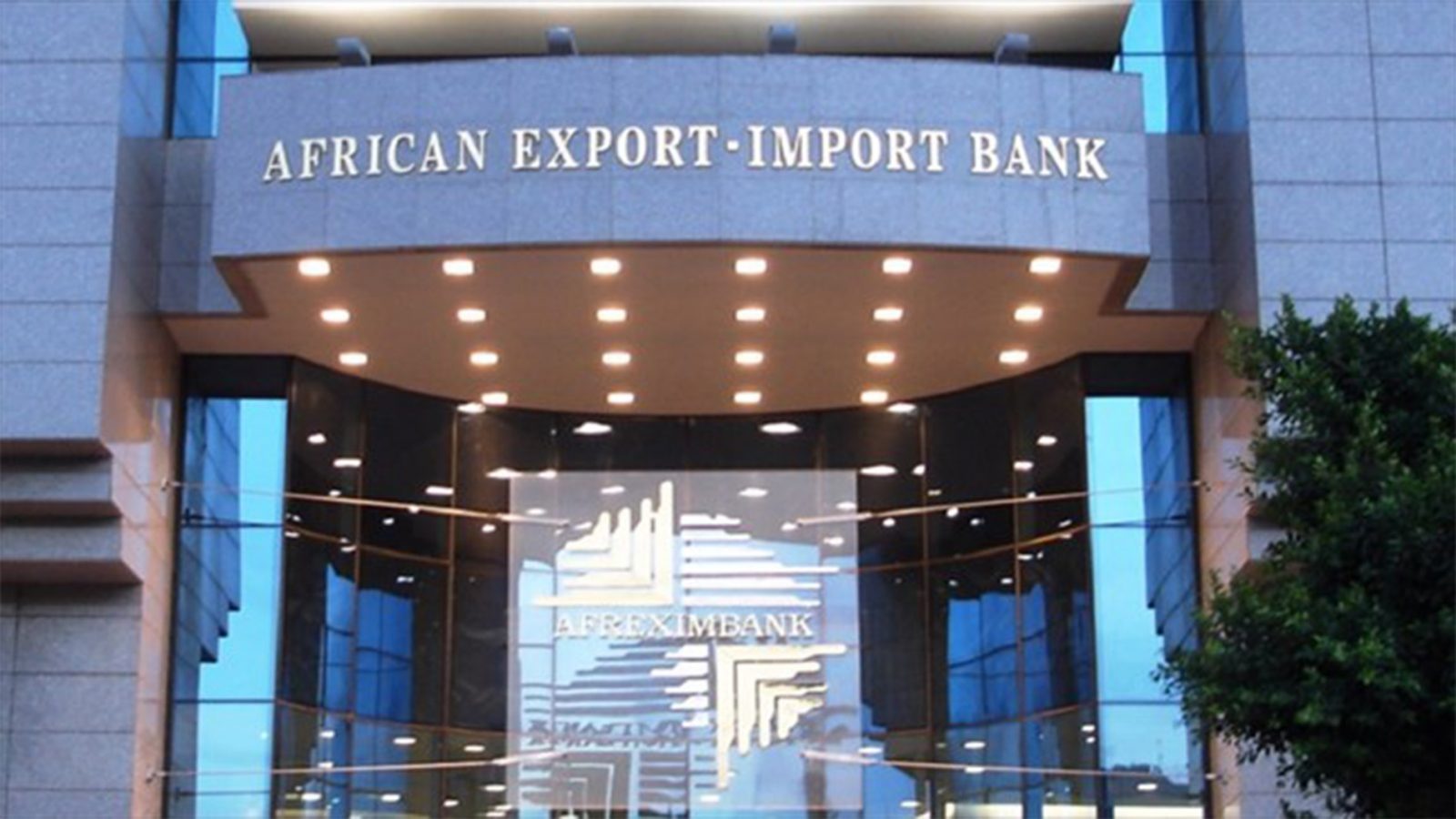Afreximbank leadership reshuffle marks new era
Afreximbank’s leadership transition lifts confidence as assets hit $40 bn; new president Kanayo Awani targets AfCFTA trade, PAPSS expansion, and MSCIAF integration amid strong USDZAR stability.

The African Export–Import Bank (Afreximbank) initiated a generational transition in leadership on 24 October 2025 as outgoing president Benedict Oramah formally handed over to deputy executive vice-president Kanayo Awani. The appointment caps a decade of rapid balance-sheet growth that lifted the Cairo-based lender’s assets from $14 billion in 2015 to roughly $40 billion in 2025, making it Africa’s largest indigenous development-finance institution by active portfolio size.
In her inaugural statement, Ms Awani said Afreximbank’s next phase would focus on deepening intra-African supply chains and scaling its capital-markets footprint. She pledged to boost trade-finance and industrialisation funding, particularly for manufacturing, logistics, and digital-payments infrastructure under the African Continental Free Trade Area (AfCFTA). The new strategy envisions an additional $10 billion in guarantees and credit lines over the next three years, supported by blended-finance partnerships with regional pension and sovereign-wealth funds.
The leadership change comes amid robust demand for liquidity instruments across the continent’s mid-tier banks and corporates, which have struggled with constrained access to global credit as the DXY remains elevated and risk premia on frontier sovereigns widen. Afreximbank’s growing role as a counter-cyclical lender has helped to stabilise FX markets in economies such as Ghana, Egypt, and Angola by providing dollar-denominated trade-backed facilities.
Analysts view Ms Awani’s appointment as an affirmation of continuity rather than policy disruption. Under Mr Oramah, Afreximbank launched the Pan-African Payment and Settlement System (PAPSS) to facilitate cross-border transactions in local currencies—a key AfCFTA pillar. The system processed about $1.3 billion in cumulative settlements by September 2025, and its expansion to ten additional central banks next year could reduce Africa’s annual $5 billion FX-conversion cost burden.
Markets responded calmly to the leadership transition. The rand (USDZAR) and the Central African franc (XAFUSD) held steady, while the MSCI Africa Index (MSCIAF) added 0.4 percent on optimism about regional liquidity support. Credit-default-swap spreads for major African sovereigns narrowed marginally, reflecting investor expectations that Afreximbank’s enlarged guarantee capacity will lower refinancing risk for short-term trade obligations.
Ms Awani indicated that the bank’s medium-term agenda includes issuing a green-bond framework and expanding its presence in Abidjan, Nairobi, and Kigali to strengthen francophone-anglophone operational symmetry. “Our mission is not only to finance trade, but to industrialise it,” she said, emphasising value-addition financing in minerals, pharmaceuticals, and agriculture.
The seamless succession cements Afreximbank’s standing as a systemically important African DFI at a time when global lenders are retrenching from frontier exposure. With a 2025 return-on-equity near 7 percent and non-performing loans below 2 percent, the institution remains one of the continent’s most resilient financial anchors, bridging policy, trade, and capital-market integration under African ownership.





